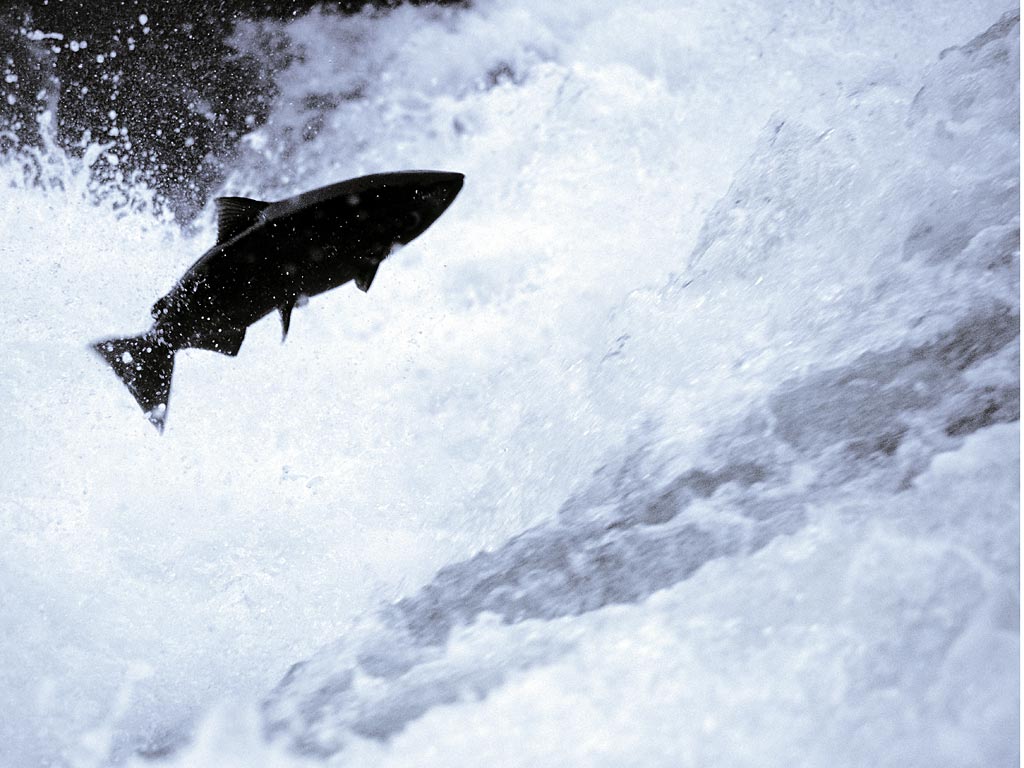
FOR IMMEDIATE RELEASE: July 25, 2016
Media Contact: Konrad Fisher, Klamath Riverkeeper (530-921-9660, )
Bruce Aylward, AMP Insights (541-480-5694, )
(San Francisco, CA) ― As millions of dollars are being spent to restore California’s rivers and salmon, California Coastkeeper Alliance and Klamath Riverkeeper have released a report to help improve investments in projects to increase stream and river flows. Ecosystem Economics and AMP Insights carried out a survey of environmental water transaction professionals and developed a new tool to evaluate cost-effectiveness of stream flow restoration projects and ensure that limited public funds are dedicated to projects that will keep California Rivers flowing during a hotter, drier future. Read the report Measuring Cost-Effectiveness of Environmental Water Transactions and this 4-page overview document Investing in Our Rivers.
“Market-based water deals can help restore rivers,” said Bruce Aylward of AMP Insights. “But in order to make sure these investments are a good deal for the taxpayers funding them―we must look at cost-effectiveness.”
In California, like other Western states, water has been over-appropriated. Agricultural and other water uses are taking more water from streams and rivers than ecosystems can afford, leaving them too low and warm for recreation and ecosystems. One way government and conservation groups are working to re-water rivers is through a set of market-based tools that are collectively known as “environmental water transactions.” These transactions leave more water in streams by upgrading water delivery infrastructure to conserve water, transitioning to less water-intensive crops, or the outright sale of water or water rights. Many California environmental water transactions have taken place in Northern California on tributaries of the Klamath River, Mattole River and Sacramento River. To date, the funding agencies have not developed standards to compare the cost-effectiveness of these transactions.
“With larger investments in environmental water transactions, it is important for funding agencies to measure cost-effectiveness,” said Konrad Fisher with Klamath Riverkeeper. “To truly restore our rivers however, state and federal agencies must also enforce the laws designed to protect flows for endangered fish, recreation, and tribal trust resources.”
In the coming months and years, hundreds of millions of dollars of Proposition 1 funds will be invested in stream flow enhancement, and adopting a standardized metric could help funding agencies select cost-effective projects. The report, Measuring the Cost-Effectiveness of Environmental Water Transactions, suggests that all projects be evaluated based on the cost per acre-foot basis at a minimum.
“With the gold rush to obtain Proposition 1 funds, this report and metric can help inform forthcoming investments, and enable state agencies to make best use of resources to restore California’s over-allocated rivers,” said Sara Aminzadeh of California Coastkeeper Alliance.
Read the report summary: http://bit.ly/Investing_Rivers
Full report available for download here:http://bit.ly/EWT_Report
California Coastkeeper Alliance unites 12 local Waterkeeper programs to achieve swimmable, fishable anddrinkable waters for all Californians. www.cacoastkeeper.org
Klamath Riverkeeper restores water quality and fisheries throughout the Klamath Basin, bringing vitality and abundance back to the river and its people. www.klamathriver.org

Communications Consultant Lola Dvorak supports CCKA’s strategic communications by helping waterkeepers tell their stories.



